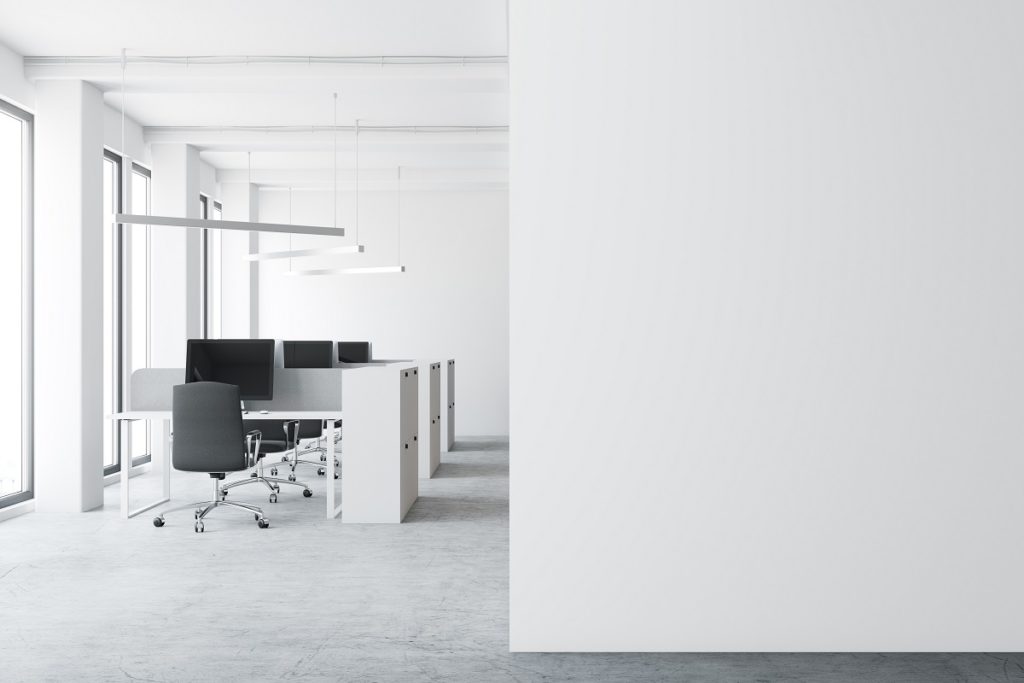The COVID-19 pandemic had turned offices virtually obsolete for weeks. Employers sent workers home to ensure the virus would not spread. The scheme was effective for a while, but due to economic reasons, it proved unsustainable.
Now, most offices are back to their usual traffic. Once again, the coffee maker makes coffee nonstop. The air-conditioning system provides a comfy indoor temperature for everyone.
And as for the office carpet, well, again, it’s stepped on a lot. To those looking to replacing a used and abused carpet, here are the things to consider.
Carpet Variety
One reason why carpets are a popular flooring option is the variety it affords customers. Here variety covers both construction style and used fiber/material.
As for construction style, there’s loop pile and cut pile carpets.
The fibers of a loop pile carpet look like little loops up close. This construction makes it stain-resistant and durable, but with little cushioning. Meanwhile, cut pile carpets cut the tip of fibers, making the carpet softer and denser.
Loop pile carpets have two subcategories: level loop and multilevel loops. The former has short loops suited to high traffic areas. The latter has a patterned texture, making it more ornamental. Carpets with multilevel loops will look good on a video, especially if said video was taken by professionals from a boutique video production company. Types of cut pile carpets include:
- Plush (smooth)
- Textured (rough)
- Cable (comfy)
- Saxony (dense)
- Frieze (soft)
Fibers used in carpets come from either natural or synthetic materials. Wool remains the premier natural fiber used to make carpets. It’s eco-friendly, stain-resistant, and durable.
Synthetic options include:
- Nylon (durable but susceptible to stain)
- Acrylic (viable wool alternative but scarce in supply)
- Olefin (moisture resistant, which means it prevents mold and mildew, but not very comfy).
Carpet Maintenance
Carpets should not be judged solely by their appearance or the level of comfort they provide. Their value should also be weighed in terms of maintenance. When assessing a carpet’s ease of maintenance, these factors must be considered.
- Color – The obvious rule of thumb is the darker, the better. Medium-dark carpets prove more reliable in hiding damages and stubborn stains.
- Density – The denser the carpet, the more wear-resistant it will be. But it is also true that a carpet packed with dense fibers per square inch proves more challenging to clean. This is where one should prioritize between longevity and convenience.
- Material – Synthetic fibers like nylon, acrylic, and olefin are easier to maintain. They score higher in stain and damage-resistance compared to natural options like wool and cotton.
- Construction – A carpet with a more elaborate construction will be harder to clean. For ease of maintenance, one can’t go wrong with level-looped carpets, as opposed to those with multilevel fibers or cut and loop fiber combo.
Carpet Safety

Workers’ well-being should be considered with the utmost priority. Here hypoallergenic carpets come in handy. Nylon and polyester are the best options, given they naturally repel allergens.
Avoid carpets with longer strands or elaborately constructed fibers. These give ample space for allergens to build up and thrive.
Look for the LOW VOC label. VOC stands for volatile organic compounds. Examples of these include benzene and formaldehyde. These chemicals eventually release fumes that devalue indoor air quality.
The material used for the carpet’s backing should also be inspected. Avoid the Styrene Butadiene rubber backing at all costs. This material is believed to give off gasses called styrene and 4-PC, both suspected carcinogens.
Offices will never fall out of fashion. That is despite the increasing popularity of work-from-home arrangements between employers and employees. Thus it remains crucial to keep offices as comfortable and work-conducive as possible.
That goal requires updating office furniture when needed. And that covers oft-overlooked carpets.







